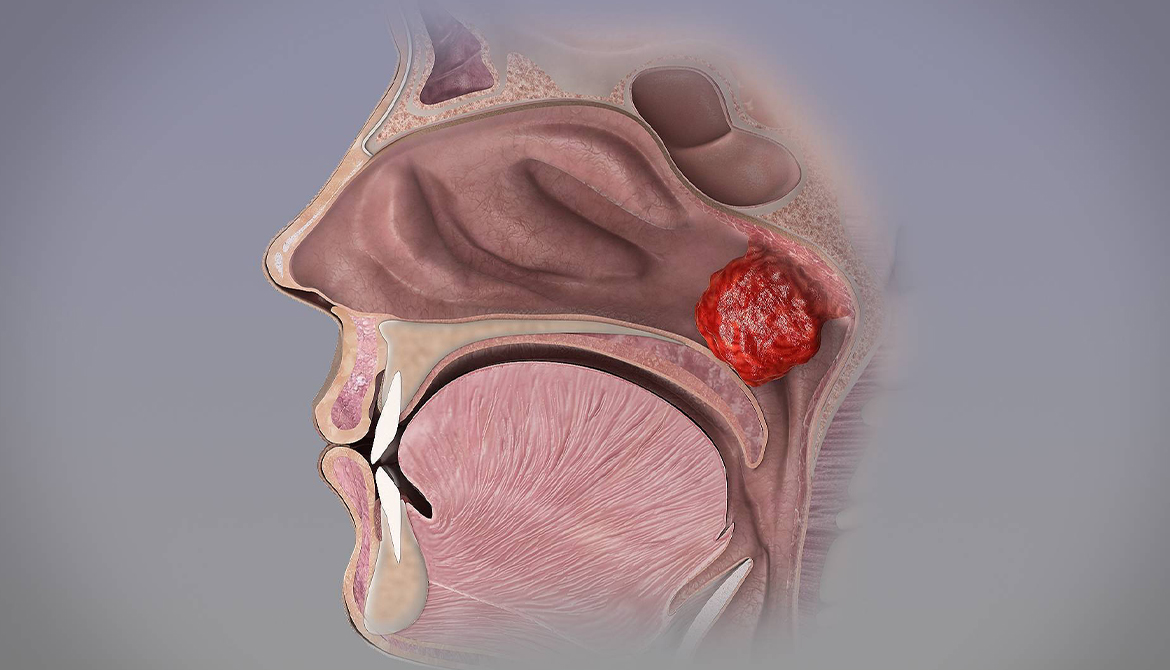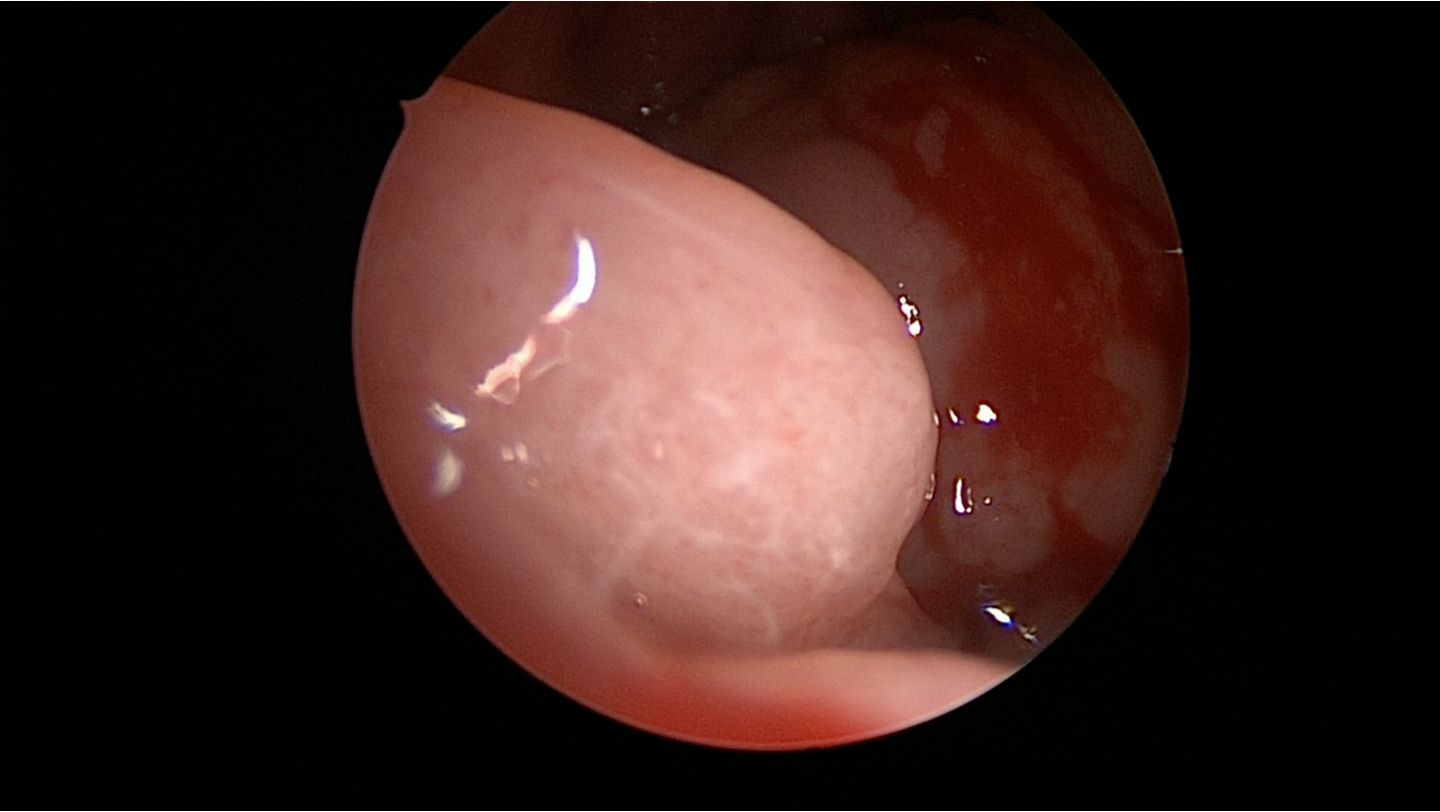Adenoidectomy Techniques: What Surgical Methods Are Used?
Adenoidectomy is the surgical removal of the adenoids and is commonly performed in children due to recurrent infections, nasal obstruction, sleep apnea, and hearing problems. Today, various adenoidectomy techniques are available, and each is selected based on the patient’s condition.
Conventional Adenoidectomy (Curettage Technique)
This traditional method involves removing the adenoids using a special curette. The surgery is typically performed through the mouth and does not require any external incisions.
Advantages:
- Quick to perform.
- Does not require special equipment.
- Completed under general anesthesia in a short time.
Disadvantages:
- There is a risk that the adenoid tissue may not be completely removed.
Endoscopic Microdebrider Technique – MY PERSONAL PREFERENCE
Endoscopic adenoidectomy involves direct visualization of the adenoid area using an endoscope and removal of the tissue with a microdebrider. This instrument cuts and suctions the tissue simultaneously with a rotating blade mechanism.
Advantages:
- Allows more controlled and precise removal of the adenoids.
- The endoscopic view gives the surgeon better visualization of the surgical field.
- Lower risk of recurrence.
Disadvantages:
- Requires special equipment and an experienced surgeon.
- Slightly longer operation time compared to the classical method.
Coblation Technique
Coblation is a modern surgical technique that uses low-temperature radiofrequency energy to dissolve and remove adenoid tissue. It liquefies the tissue without burning and minimizes damage to surrounding structures.
Advantages:
- Preserves surrounding tissues due to low heat damage.
- Very low risk of postoperative pain and bleeding.
- Can be performed under endoscopic guidance.
Disadvantages:
- Requires specialized equipment.
- May not be as efficient as the microdebrider for removing large tissue masses.
Which Method Is More Advantageous?
The choice of adenoidectomy technique depends on the patient’s age, the size of the adenoids, accompanying medical conditions, and the surgeon’s experience.
- The curettage technique is still preferred in some cases due to its simplicity and speed, but endoscopic microdebrider and coblation techniques are more commonly used today.
- The endoscopic microdebrider technique is recommended especially in cases of large or recurrent adenoid growth due to its precision and control.
In conclusion, the most suitable method for adenoidectomy should be determined based on the individual patient and the surgeon’s preference. Thanks to advanced technologies, adenoidectomy is now a safer procedure with faster recovery times and lower complication risks.



